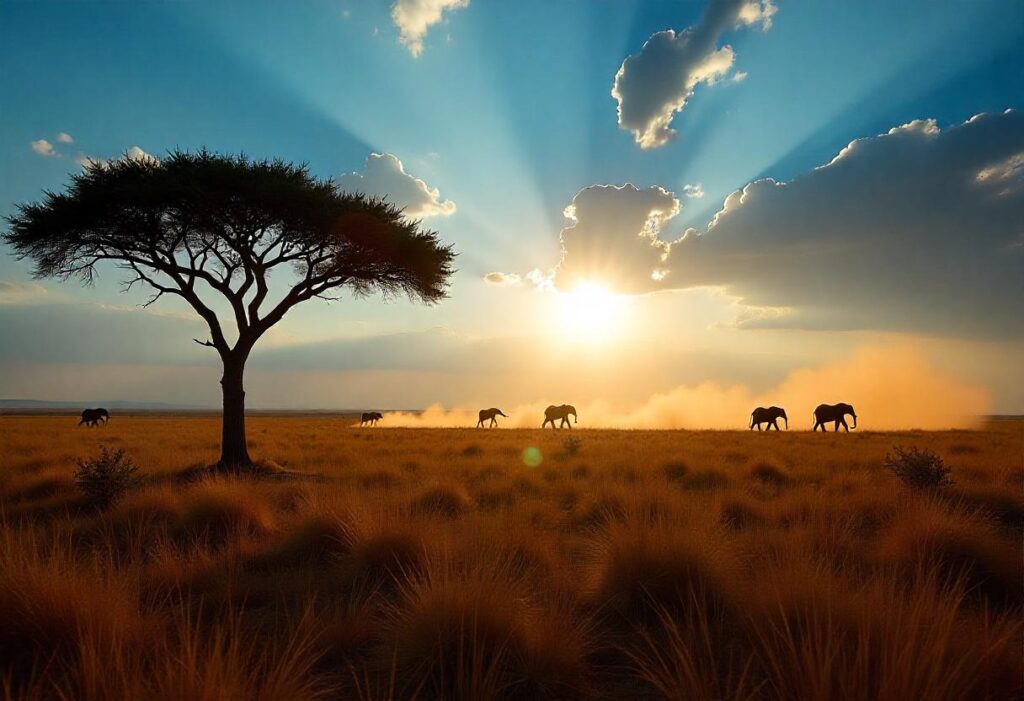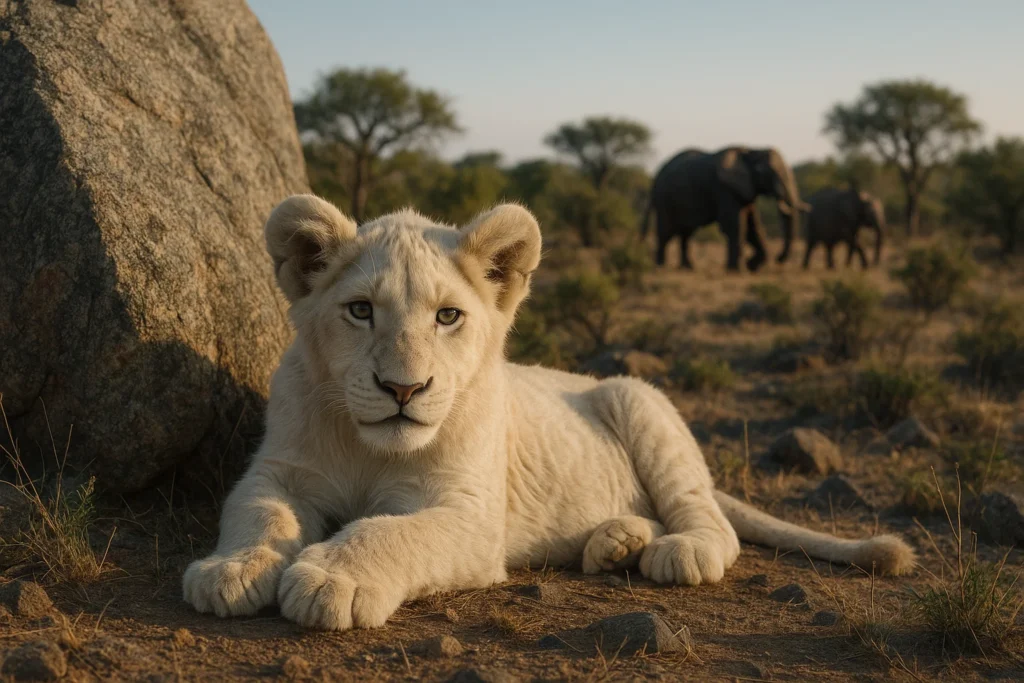When planning a safari, one of the most important decisions you’ll make is when to go. Both the dry and wet seasons offer unique experiences, but depending on your priorities—whether it’s seeing predators on the hunt, lush landscapes, or fewer crowds—one may suit you better than the other. This guide compares the two seasons to help you make the best choice for your African adventure.
Understanding the difference: Dry season vs. wet season
What defines the dry season?
The dry season typically occurs from June to October in most safari regions like Tanzania, Kenya, Botswana, and South Africa. During this time:
- Rain is minimal or nonexistent
- Water sources become scarce
- Vegetation thins out
- Animals congregate around rivers and watering holes
What defines the wet season?
The wet season usually spans November to May, with regional variations. Expect:
- Intermittent or heavy rains (depending on the location)
- Dense, green landscapes
- Migratory birds and birthing season for many species
- Fewer tourists and lower prices
Wildlife viewing in the dry season
Why the dry season is often preferred
- High visibility: Sparse vegetation makes animals easier to spot
- Reliable sightings: Wildlife gathers around limited water sources
- Best for predators: Excellent chances of seeing lions, leopards, and cheetahs stalking prey
- Stable weather: Less rain means fewer disruptions during game drives
Downsides of the dry season
- Dusty and hot conditions in many regions
- More tourists and higher prices
- Less dramatic landscapes—brown grasses and dry riverbeds
Wildlife viewing in the wet season
What makes the wet season special
- Lush scenery: Green landscapes make for stunning photography
- Birding paradise: Migratory birds arrive in large numbers
- Baby boom: Many animals give birth during this time, increasing chances of seeing young wildlife
- Fewer crowds: Lodges are quieter, and rates are more affordable
Challenges during the wet season
- Thicker vegetation: Animals can be harder to spot
- Roads can become muddy or impassable
- Rain can disrupt activities like game drives and bush walks
Regional highlights by season
East Africa
- Dry season (June–October): Ideal for the Great Migration river crossings in the Serengeti and Masai Mara
- Wet season (March–May, November): Best for birdwatching and landscapes, but some areas may be inaccessible
Southern Africa
- Dry season (May–October): Peak for wildlife viewing in Kruger, Okavango Delta, and Chobe
- Wet season (November–April): Great for birdlife and calving season in the Okavango and Kalahari
Which season should you choose?
| Preference | Best Season |
|---|---|
| Predator activity | Dry season |
| Baby animals | Wet season |
| Migratory birds | Wet season |
| Great Migration crossings | Dry season |
| Fewer tourists | Wet season |
| Photography (landscapes) | Wet season |
| Photography (wildlife) | Dry season |
Tips for planning your safari by season
- Pack appropriately: Wet season requires waterproof gear; dry season means light layers and dust protection.
- Be flexible: Weather may affect schedules in the wet season—embrace the adventure!
- Work with a local operator: They’ll advise on the best timing for your interests and chosen destination.
Final thoughts
Both the dry and wet seasons offer unforgettable safari experiences. While the dry season is often favored for consistent wildlife sightings, the wet season brings vibrant landscapes, newborn animals, and a more tranquil experience. There’s no bad time—just the right time for your safari goals.
FAQs
Not necessarily. While it offers better visibility, the wet season can provide richer scenery, fewer crowds, and unique wildlife moments like births.
Yes. Lodges and tour operators often lower prices during the wet season, making it more budget-friendly.
Yes, but spotting them may be trickier due to denser vegetation.
Not usually. In many areas, rain falls in short bursts, often in the afternoon or evening.






